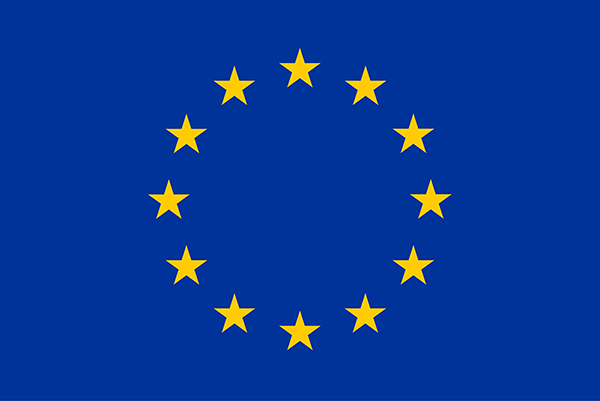Location: City of Osimo, Italy
Description:
Osimo is a city scale (35.000 inhabitants) microgrid characterized by a single Point of Common Coupling with the national Italian TSO, a high share of renewable generation and a CHP-District Heating network (serving 1000 final users). Due to the high penetration of renewable energy generation (mostly PV), ASTEA witnesses a huge variance in the net-load exchange with national grid throughout the year.
In this context, ASTEA with DEA (the local DSO) have identified some particularly critical LV lines which are challenged with voltage oscillation issues and, in general, a lower quality service. The aim of the demo is to offset the impact of renewables variability using a combination of EESs and Demand Response, involving both large and residential users. A high-level management system will use the real time data collected by the AMI that will be installed along LV lines strategical point in order to optimally manages the different assets to improve the network reliability. This management system will enhance the demand-side flexibility resources of the Italian national transmission grid.
The smart management algorithms, developed through IEGSA platform, will use real time and historical data collected from the LV lines, together with meteorological data and prediction model.
The energy management system:
- will use the data generated by AMI to optimally schedule the charge and discharge cycles of the storages linked to the LV lines;
- will activate the demand and response strategies, sending signals to the distributed controllable loads, asking to increase/reduce consumption (two pumping stations and Astea office buildings will be managed through a direct control strategy, while residential loads will be engaged indirectly, implementing an alert mechanism together with an end user incentive system).
Objective and ambition
- Increase the microgrid self-consumption of renewable energy, thus reducing the amount of power injected towards the national grid at the point of common coupling with national TSO.
- Improve the power quality of the microgrid by acting on the critical LV lines identified by the DSO.
- Promote the final users engagement in DR programs
- Test a methodology to reliably coordinate the operability of the centralized EES and the distributed loads



 This project has received funding from the European Union’s Horizon 2020 research and innovation programme under grant agreement No 824330
This project has received funding from the European Union’s Horizon 2020 research and innovation programme under grant agreement No 824330